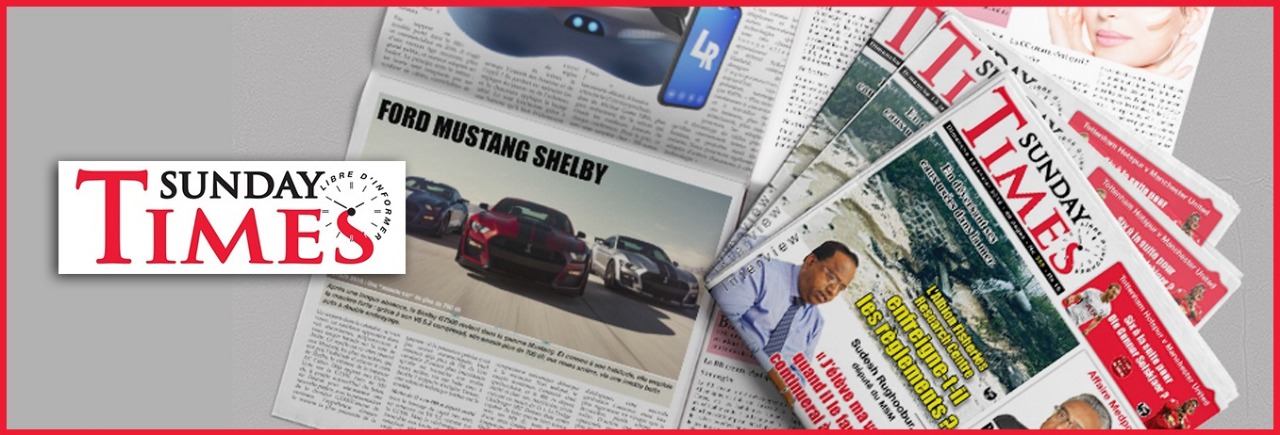Textile is a basic need of human and it is one of the largest industries of the world. Human has been using many vegan options for yarn, fabrics and textile production as well as animals’ options. Banana textile is in use since the 13th century in Japan and the Asian regions.
Bananatex claims to be the world’s first durable, waterproof fabric made purely from banana plants in the Philippines within a natural ecosystem of sustainable forestry and requires no chemical treatments.
Fabric made from banana plants is strong, durable, soft, lightweight and supple. The yarn for the All Black colourway is coloured using the yarn dyeing method and is certified as the highest standard Oeko-Tex Standard 100 and Natural White colourway reflects the actual colour of the fibres and is not dyed.
On the other hand, hemp fabric/textiles are made from cannabis sativa fibre/ industrial hemp. Hemp has been used in the paper making industry in China and paper made from it has a life-span of 2500 years, which is more than wood-based paper.
Hemp is used in the making of rope, ships rigged, canvas, sailcloth, sacks and many more in Asia and the Middle East. Hemp seems the to be earliest plant cultivated for textile fibre. Archaeologists witnessed a remnant of hemp cloth in ancient Mesopotamia in the current regions of Iran and Iraq which dates back to 8,000 BC.

Recently, the Pakistan’s textile sector has been using hemp denim fabric with a blend of hemp and certified organic cotton to produce Levi’s jeans and other textiles.
Hemp fabrics are stronger, breathable, antibacterial, absorbent, durable and better insulating than cotton and they don’t stretch out of shape. This property makes hemp a perfect upholstery fabric because it can be pulled taut and remain taut throughout the life of the furniture.
By Muhammad Umar








![[Pénurie d’oignons rouges sur le marché] Kreepalloo Sunghoon : « La production locale est prévue pour août prochain »](https://sundaytimesmauritius.com/wp-content/uploads/2024/05/Oignons-rouges-218x150.jpg)
![[Conseillers du MSM] Cumul de postes sur les boards : Un système lucratif d’enrichissement personnel](https://sundaytimesmauritius.com/wp-content/uploads/2025/06/pic-2-150x150.jpg)
![[National Agency for Drug Control] Sam Lauthan : « C’est tous ensemble qu’on vaincra la mafia »](https://sundaytimesmauritius.com/wp-content/uploads/2025/06/WhatsApp-Image-2023-02-16-at-4.22.48-PM-e1738665704593-150x150.jpeg)
![[OMCA Foundation] Un dîner de gala pour soutenir l’accès aux soins des plus démunis](https://sundaytimesmauritius.com/wp-content/uploads/2025/06/f960dc68-ed3e-4619-ae8e-dd8f374d07c4-150x150.jpg)

![[Conseillers du MSM] Cumul de postes sur les boards : Un système lucratif d’enrichissement personnel](https://sundaytimesmauritius.com/wp-content/uploads/2025/06/pic-2-100x70.jpg)
![[National Agency for Drug Control] Sam Lauthan : « C’est tous ensemble qu’on vaincra la mafia »](https://sundaytimesmauritius.com/wp-content/uploads/2025/06/WhatsApp-Image-2023-02-16-at-4.22.48-PM-e1738665704593-100x70.jpeg)
![[OMCA Foundation] Un dîner de gala pour soutenir l’accès aux soins des plus démunis](https://sundaytimesmauritius.com/wp-content/uploads/2025/06/f960dc68-ed3e-4619-ae8e-dd8f374d07c4-100x70.jpg)